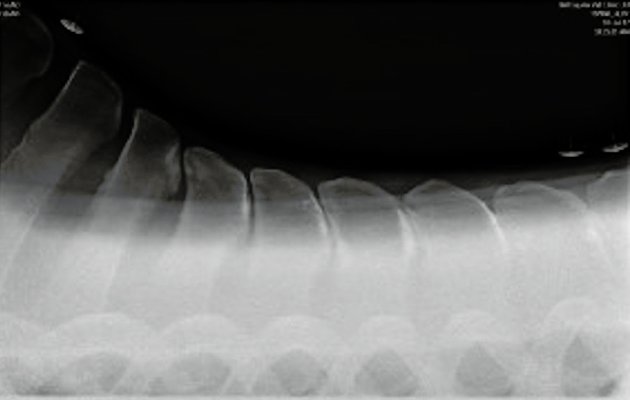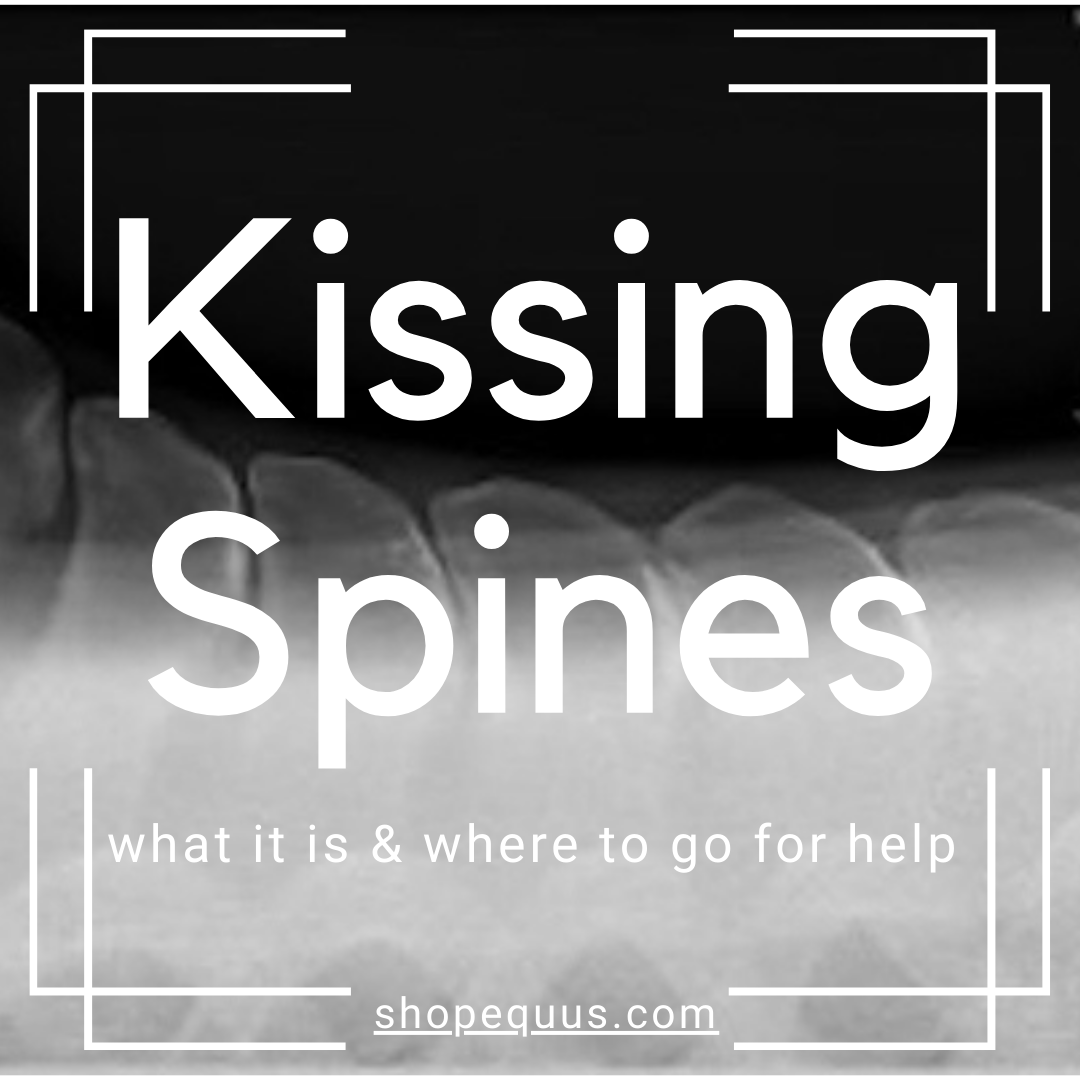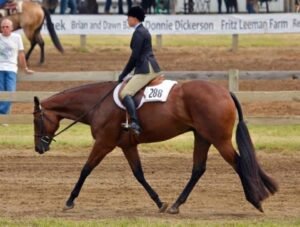
Disclaimer:
Before we proceed, it’s essential to emphasize that the information provided in this blog is for educational purposes only. While we aim to offer helpful insights into the topic of kissing spines and training options, we are not qualified veterinarians. If you suspect that your horse may have any health issues, including kissing spines, it is crucial to consult with a licensed and experienced veterinarian who specializes in equine care.
A veterinarian will be able to provide a proper diagnosis, recommend a tailored treatment plan, and offer guidance specific to your horse’s unique condition. Equine health is a complex field, and only a trained professional can offer the expert care your horse needs.
Please use the information in this blog as a starting point for understanding kissing spines and supporting your horse’s spinal health, but always defer to the expertise of a qualified veterinarian for accurate diagnosis, treatment, and ongoing care. Your horse’s well-being is our top priority, and seeking professional veterinary support is the responsible course of action for any health concerns.
The health and well-being of our equine companions are of utmost importance to any horse owner or enthusiast. Among the various health issues that can affect horses, one condition that often goes undiagnosed or misunderstood is “kissing spines.” Today, we will delve into what kissing spines is, what to look for, how to treat this condition, and various training options to support your horse’s spinal health.
Kissing spines, scientifically known as “dorsal spinous process impingement” or DSP, is a condition where the spinous processes (the bony projections along the horse’s spine) come into contact or “kiss,” causing pain, discomfort, and limited mobility. These spinous processes should have a small gap between them, but when they become too close or touch, it leads to a host of problems.
Recognizing the signs of kissing spines is crucial for early detection and intervention. Some common symptoms include:
- Back Pain: The most prominent sign is often pain along the horse’s back. This may manifest as sensitivity to touch, reluctance to be saddled, or discomfort when ridden.
- Reduced Performance: Horses with kissing spines may exhibit decreased performance, reluctance to engage their back, or difficulty maintaining a consistent gait.
- Behavioral Changes: Irritability, resistance, or changes in behavior while being ridden or handled can be indicative of discomfort.
- Muscle Atrophy: Over time, muscle wasting and atrophy may occur over the horse’s back and hindquarters.
- Stiffness: Kissing spines can lead to stiffness and reduced flexibility in the horse’s back.
- Bucking or Rearing: Some horses may respond to the pain by bucking or rearing when ridden.
If you suspect your horse may have kissing spines, it is essential to consult a veterinarian experienced in equine issues. Diagnosis often involves a combination of physical examination, palpation of the spine, and diagnostic imaging techniques like X-rays or ultrasound. Once diagnosed, the veterinarian will determine the severity of the condition and recommend an appropriate treatment plan.
Treatment Options
- Conservative Management: In less severe cases, conservative management may be effective. This includes rest, physical therapy, and possibly the use of anti-inflammatory medications to reduce pain and inflammation.
- Surgery: In more advanced cases, surgical intervention may be necessary. The most common surgical procedure for kissing spines is a “vertebral spinous process resection,” where the problematic bone(s) are removed to alleviate pressure and pain.
- Rehabilitation: Following surgery or during conservative management, rehabilitation plays a vital role. It typically involves controlled exercise, physiotherapy, and strengthening exercises to support the horse’s back.
Training Options to Support Spinal Health
- Proper Warm-Up and Cool-Down: Always include a thorough warm-up and cool-down in your training routine. Gentle stretching exercises can help prepare the horse’s back for work and prevent muscle tension.
- Core Strengthening: Engage your horse in exercises that strengthen the core muscles, such as belly lifts and carrot stretches. These exercises help support the back and reduce the risk of spinal issues.
- Correct Saddle Fit: Ensure that your horse’s saddle fits correctly. An ill-fitting saddle can exacerbate spinal problems. Consult with a professional saddle fitter to find the right fit for your horse.
- Regular Chiropractic or Physiotherapy: Regular visits from a qualified equine chiropractor or physiotherapist can help keep your horse’s spine aligned and their muscles supple.
- Balanced Riding: Maintain balanced riding to distribute weight evenly and minimize stress on the horse’s back. Seek guidance from a qualified trainer or instructor to improve your riding technique.
Kissing spines can be a challenging condition to manage, but with early detection, proper veterinary care, and a well-considered training regimen, many horses can lead comfortable and active lives. Remember to always prioritize your horse’s well-being and consult with professionals when necessary to ensure their spinal health is maintained. By working together, horse owners and veterinarians can help these magnificent creatures live their best lives, free from the discomfort of kissing spines.




